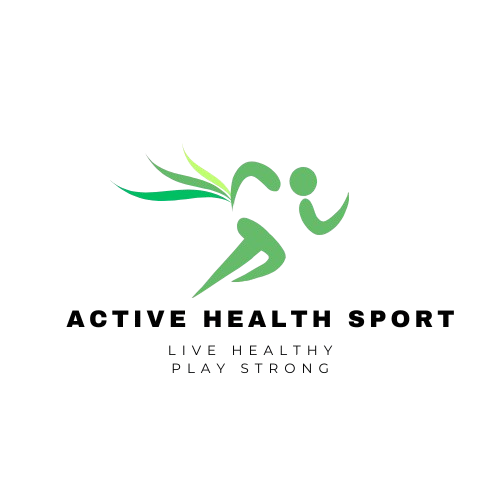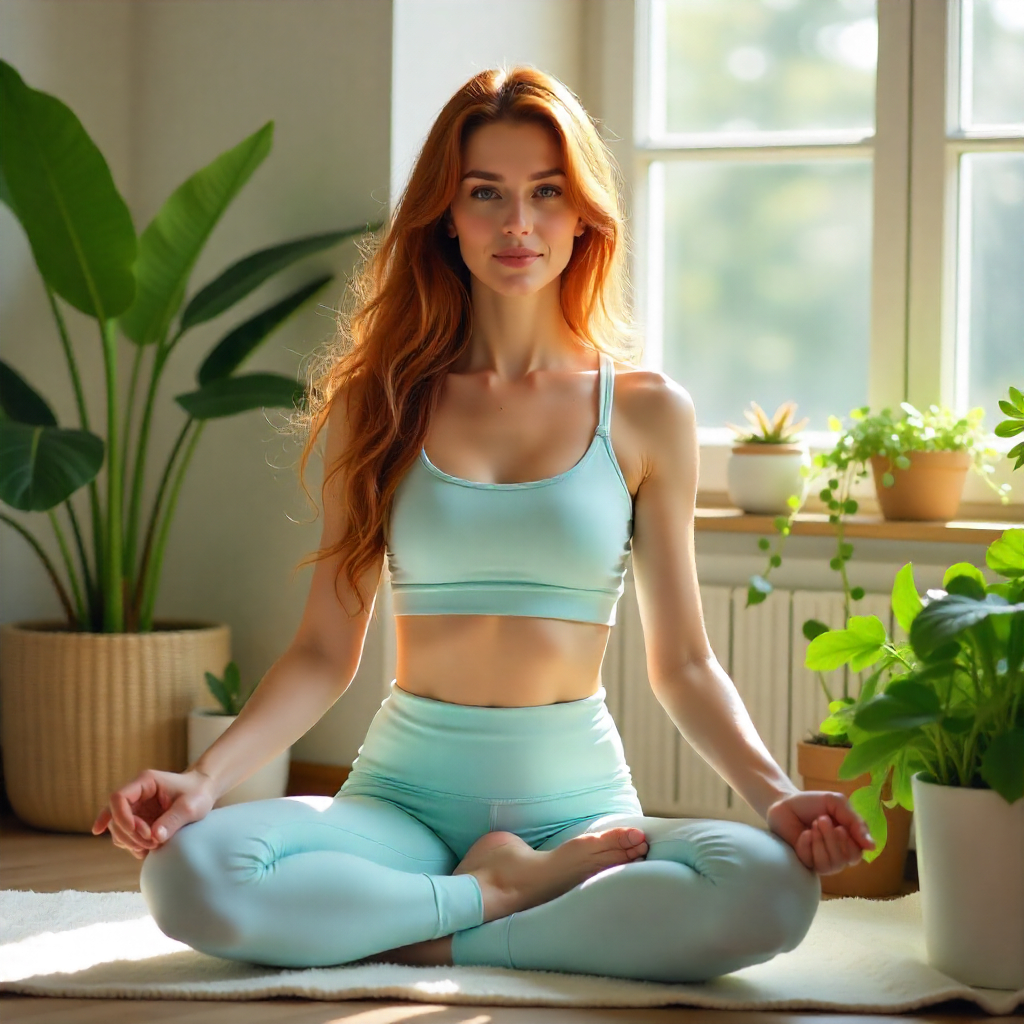Between work deadlines, family responsibilities, and daily errands, even the most motivated individuals find it difficult to carve out time for regular exercise or mindfulness. That’s where the concept of habit-stacking yoga comes in a simple but powerful strategy rooted in behavioral psychology.
When paired with yoga and stretching, habit stacking becomes more than just a productivity hack, it becomes a lifestyle upgrade. By linking short, mindful yoga movements with everyday activities, you can transform your routine without needing an extra hour at the gym or yoga studio.
In this blog, we’ll dive deep into how habit stacking works, why yoga and stretching are perfect partners for this technique, and practical ways to start stacking small but meaningful practices into your day.
What Is Habit Stacking?
Habit stacking is a concept popularized by behavior experts like James Clear, author of Atomic Habits. The idea is straightforward: instead of trying to build a new routine from scratch, you connect a new action to an existing habit you already do without effort.
For example:
- After brushing your teeth → stretch your shoulders for 2 minutes.
- After pouring your morning coffee → hold a standing forward fold for 30 seconds.
- After logging off from work → perform a short seated twist.
This approach eliminates the resistance of “finding time” by blending healthy actions into tasks you already perform. Over time, these small add-ons accumulate into powerful lifestyle changes.
Why Pair Yoga and Stretching With Habit Stacking?
Yoga and stretching are uniquely suited for habit stacking because:
- They don’t require equipment: Many poses can be done in small spaces without a mat.
- They’re time-flexible: Even 30 seconds of mindful stretching provides benefits.
- They address both body and mind: Unlike other fitness routines, yoga stretches improve flexibility while simultaneously calming the nervous system.
- They support everyday movements: Regular micro-stretching improves posture, reduces stiffness, and enhances mobility in daily tasks.
By stacking yoga practices onto existing routines, you build consistency, reduce stress, and enhance well-being without overwhelming your schedule.
The Science Behind Stretching and Consistency
Research in kinesiology and behavioral psychology highlights two key findings:
- Short bouts of stretching improve circulation and reduce muscle tension. Studies show that just 2–3 minutes of stretching can lower perceived stress and increase energy.
- Consistency matters more than intensity. People who perform frequent, short movements throughout the day often experience better long-term benefits than those who exercise vigorously but irregularly.
This makes yoga and stretching ideal for habit stacking because consistency, no matter how small, is the foundation of long-term success.
7 Habit-Stacking Yoga Routines You Can Try
Here are practical examples of how to pair yoga stretches with everyday moments:
1. Morning Wake-Up Stretch (After Getting Out of Bed)
- Pose: Cat-Cow (Marjaryasana-Bitilasana)
- Why: Loosens the spine, wakes up the nervous system.
- How to Stack: After turning off your alarm and standing up, drop to hands and knees for 1 minute.
2. Coffee Break Stretch (After Making Your Morning Drink)
- Pose: Standing Forward Fold (Uttanasana)
- Why: Relieves hamstring tension, improves blood flow.
- How to Stack: While the coffee brews, fold forward and relax your neck for 30 seconds.
3. Desk Relief Stretch (After Sending an Email)
- Pose: Seated Spinal Twist (Ardha Matsyendrasana variation)
- Why: Eases lower back stiffness from sitting.
- How to Stack: Each time you hit “send,” twist to one side for 15 seconds, then the other.
4. Screen Reset Stretch (After Checking Social Media)
- Pose: Neck Rolls + Shoulder Shrugs
- Why: Releases tension from phone scrolling posture.
- How to Stack: Every time you close an app, roll your shoulders and neck for 1 minute.
5. Pre-Meal Breathing (Before Lunch or Dinner)
- Pose: Three Deep Belly Breaths (Pranayama)
- Why: Activates the parasympathetic nervous system, aiding digestion.
- How to Stack: Before your first bite, close your eyes and breathe deeply.
6. Post-Work Decompression (After Logging Off)
- Pose: Child’s Pose (Balasana)
- Why: Relieves spinal compression, calms the mind.
- How to Stack: As soon as you shut down your computer, drop into Child’s Pose for 2 minutes.
7. Evening Wind-Down Stretch (Before Bed)
- Pose: Legs-Up-the-Wall (Viparita Karani)
- Why: Reduces swelling in the legs, promotes relaxation.
- How to Stack: After brushing your teeth, spend 5 minutes lying with your legs up the wall.
Also Read the Latest: How AI Yoga Routines Are Revolutionizing Workouts in 2025
The Psychology of Habit Stacking and Yoga
Why does this method work so well? Because it leverages cue-based behavior. Existing habits serve as anchors that trigger new behaviors. For example, if you always make tea at 4 p.m., attaching a 30-second side stretch to that activity becomes automatic over time.
Yoga enhances this by providing immediate feedback: stretches often reduce tension instantly, making the new habit feel rewarding and reinforcing consistency.
Making It Stick: Tips for Long-Term Success
- Start Small: Choose one stretch to pair with one habit. Add more later.
- Keep It Visible: Leave a yoga mat or a reminder sticky note nearby.
- Track Progress: Use a journal or app to log your stacked habits.
- Be Flexible: If you miss a day, restart without guilt.
- Celebrate Wins: Acknowledge even small consistencies.
Remember, the goal isn’t perfection but steady progress.
Common Mistakes to Avoid
- Trying to stack too many habits at once.
- Choosing stretches that are too complex or time-consuming.
- Forgetting to align the stretch with a natural existing cue.
- Expecting immediate life-changing results instead of gradual improvements.
Long-Term Benefits of Stretching Through Habit Stacking
- Better flexibility and mobility with minimal effort.
- Improved posture from regular micro-adjustments.
- Reduced risk of injury by keeping muscles supple.
- Greater mental clarity through mindful pauses.
- Lower stress levels due to consistent breathing and movement.
Over time, these benefits compound, creating a healthier lifestyle without overwhelming changes.
Final Thoughts
Incorporating yoga and stretching into your life doesn’t require hours of commitment or expensive classes. By using the power of habit stacking, you can weave meaningful movement into your daily rhythm, transforming ordinary moments into opportunities for well-being.
Start small, stay consistent, and soon you’ll find yourself stretching smarter, not harder.
Frequently Asked Questions (FAQs)
How long should each habit-stacked stretch last?
Even 30 seconds of stretching can activate muscles, release tension, and increase circulation. Over time, you may naturally extend certain stretches to 2–5 minutes as your body craves more movement. The key is consistency, not duration. Think of these stretches as micro-breaks that add up to major benefits throughout the day.
Do I need a yoga mat for habit stretches?
No, most habit-stacked stretches are mat-free and can be done anywhere—next to your bed, at your desk, or even in the kitchen. A mat is only necessary if you want extra comfort for floor poses like Child’s Pose or Legs-Up-the-Wall. The point of habit stacking is accessibility, so you can start without special equipment.
Can beginners try habit-stacked yoga?
Absolutely. Habit stacking is designed to be beginner-friendly because it encourages short, approachable movements rather than hour-long complex flows. Start with simple poses like Cat-Cow, Forward Fold, and Seated Twist. As you grow comfortable, you can layer in more advanced postures.
Will habit stacking replace a full yoga session?
Habit stacking won’t fully replace a longer yoga practice. Instead, think of it as a daily maintenance routine, like brushing your teeth for your muscles and joints. A full yoga session provides deeper strength, flexibility, and mindfulness benefits, while habit stacking keeps your body moving consistently in between.
What if I forget to do my habit-stacked stretch?
Forgetting occasionally is normal. Don’t see it as failure, just resume the next time the cue arises (like after pouring coffee or brushing teeth). The brain learns through repetition, not perfection. With practice, the connection between your existing habit and the new stretch will become automatic.
Is habit stacking safe for people with back pain?
Most gentle yoga stretches are safe and can even provide relief by reducing stiffness and improving posture. However, every case is unique. If you have chronic back pain, herniated discs, or other medical conditions, consult a healthcare provider before starting. You may need modifications such as supported Child’s Pose or seated stretches.
How soon will I see results?
Many people feel immediate stress relief after their first session, and stretching calms the nervous system and eases tension right away. Physical changes like improved flexibility, posture, and reduced stiffness usually become noticeable within 4–6 weeks of consistent practice. Long-term benefits, such as better mobility and fewer aches, continue to build over months.
Can I habit-stack yoga with non-daily activities?
Yes! While daily habits work best, you can also stack stretches with weekly or occasional activities. For example, after grocery shopping, you could do a grounding Mountain Pose, or after vacuuming, you could add a gentle spinal twist. The goal is to link movement to activities you already repeat.
How do I stay motivated with habit stacking?
Motivation grows when you feel results. To stay engaged:
Start small and celebrate progress.
Use visible cues, like keeping a sticky note reminder at your desk.
Track your success in a journal or app.
Share your progress with a friend or partner for accountability.
Can I habit stack yoga with mindfulness practices like meditation?
Definitely. Yoga and mindfulness naturally complement each other. For example, after finishing a short stretch, pause for 3 deep breaths or a 1-minute meditation. This creates a powerful mind-body reset that reduces stress and enhances focus.
You might also like the following…
- Why a Digital Detox Before Bed Can Fix Your Sleep Faster
 The Modern Sleep Thief Hiding in Your Hand In a world where we check our phones hundreds of times a day, it’s no surprise our sleep has taken a hit.Most people scroll through… Read more: Why a Digital Detox Before Bed Can Fix Your Sleep Faster
The Modern Sleep Thief Hiding in Your Hand In a world where we check our phones hundreds of times a day, it’s no surprise our sleep has taken a hit.Most people scroll through… Read more: Why a Digital Detox Before Bed Can Fix Your Sleep Faster - How to Align Your Circadian Rhythm for All-Day Energy Gains
 Why You Feel Tired Even After Sleeping Enough Have you ever slept for eight hours and still felt groggy the next morning?The issue might not be how long you sleep, but when you… Read more: How to Align Your Circadian Rhythm for All-Day Energy Gains
Why You Feel Tired Even After Sleeping Enough Have you ever slept for eight hours and still felt groggy the next morning?The issue might not be how long you sleep, but when you… Read more: How to Align Your Circadian Rhythm for All-Day Energy Gains - Electrolytes vs. Water: What Active Adults Must Know
 Beyond Water, The Hidden Key to True Hydration Most adults know the rule, “Drink more water.”But few realize that hydration isn’t just about fluid intake. It’s about electrolyte balance, the invisible electrical system… Read more: Electrolytes vs. Water: What Active Adults Must Know
Beyond Water, The Hidden Key to True Hydration Most adults know the rule, “Drink more water.”But few realize that hydration isn’t just about fluid intake. It’s about electrolyte balance, the invisible electrical system… Read more: Electrolytes vs. Water: What Active Adults Must Know

Kait Amazra is the founder and lead writer of Active Health Sport. With over 25 years of experience in health, fitness, and wellness education, Kait combines professional expertise with a passion for helping people live stronger, healthier, and more balanced lives.
As a licensed health and fitness professional, Kait has worked alongside industry experts to deliver evidence-based insights on physical activity, nutrition, recovery, and holistic well-being. Through Active Health Sport, Kait’s mission is to make trusted, practical, and science-backed health information accessible to everyone, from beginners building new habits to athletes seeking peak performance.

